SOURCE: AFI


PTC Industries, a leading Indian manufacturer specializing in advanced titanium castings, has been honored with the prestigious Special Recognition Award from BAE Systems for its pivotal contributions to the M777 India Offset Project. The accolade, presented by global defense giant BAE Systems, highlights PTC’s unwavering dedication to innovation and excellence in delivering critical components for defense applications, particularly in the aerospace and military sectors.
The award was celebrated with special gratitude extended to Mr. Joel Hunt, Director of Supply Chain at BAE Systems, and Mr. John Borton, Managing Director of Weapons Systems UK at BAE Systems, for recognizing PTC’s efforts. This milestone underscores the company’s role as a trusted partner in advancing India’s defense capabilities while reinforcing its position as a global leader in high-precision manufacturing.
Continue readingSOURCE: IANS
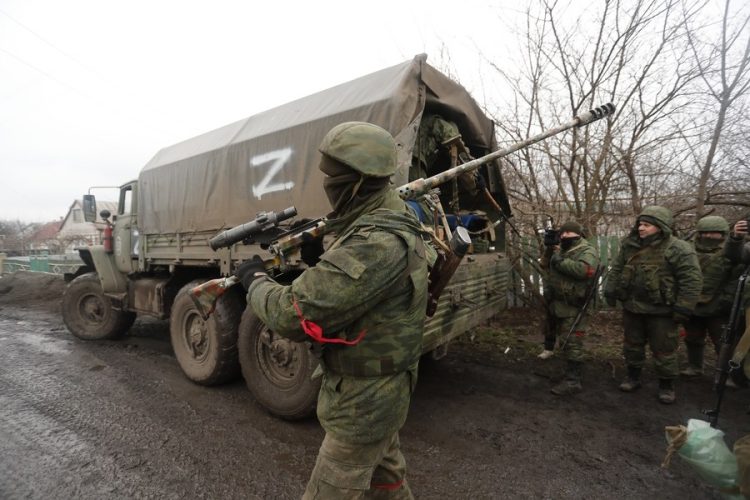

Ukrainian border guards are refusing to perform combat operations against Russian counterparts in the Kursk region, Russian state-owned news agency Ria Novosti reported on Tuesday citing available video recordings.
“I am not ready for the moral and psychological state, the presence of three minor children, the lack of escort, the lack of orientation on the ground, reconnaissance and additional exploration, additional positions, poor radio communication; there is no communication with adjacent units in the area of tasks. Instructions for the implementation of the task do not correspond to the realities,” the report quoted a Ukrainian sergeant as saying in the video.
Continue readingSOURCE: RAUNAK KUNDE / NEWS BEAT / IDRW.ORG


In a world exclusive by idrw.org, insider sources reveal that the Indian Navy’s next-generation S5 Class of nuclear-powered ballistic missile submarines (SSBNs), which will boast a submerged displacement of over 13,000 tons, might be equipped with nuclear reactors more powerful than previously reported.
The Bhabha Atomic Research Centre (BARC) has been at the forefront of developing a 190MW pressurized light-water reactor (PWR) fueled with enriched uranium to power these submarines. However, there are indications that this might not meet the full spectrum of future operational requirements for the S5 Class.
Continue readingSOURCE: RAUNAK KUNDE / NEWS BEAT / IDRW.ORG


India’s pursuit of cutting-edge air-to-air missile technology has reached a significant milestone with the Astra MkIII, also known as the Solid Fuel Ducted Ramjet (SFDR), now christened “Gandiva.” Named after the legendary bow of Arjuna, the heroic archer from the Hindu epic Mahabharata, the Gandiva missile embodies precision, power, and adaptability—qualities reflective of its mythological namesake.
The Astra MkIII, or “Gandiva,” builds on the success of its predecessors, the Astra Mk-1 (80–110 km range) and Mk-2 (140–160 km range), both of which have bolstered the IAF’s air combat capabilities. Unlike conventional rocket-powered missiles, the MkIII employs a solid fuel ducted ramjet (SFDR) propulsion system—a cutting-edge technology that uses atmospheric oxygen as an oxidizer, eliminating the need for onboard oxidizers and allowing for a lighter, more efficient design. This ramjet system, developed by the Defence Research and Development Organisation (DRDO), enables the missile to sustain supersonic speeds (up to Mach 4.5) over extended ranges, reportedly exceeding 300–350 kilometers, depending on launch conditions.
Continue readingSOURCE: RAUNAK KUNDE / NEWS BEAT / IDRW.ORG


In a significant revelation about the Indian Air Force’s (IAF) strategic priorities, a senior IAF official, speaking anonymously to idrw.org, has confirmed that the IAF is not considering the purchase of Russia’s Su-57E or the US-made F-35 Lightning II, two of the world’s most advanced fifth-generation fighter aircraft. Instead, the IAF is firmly backing the indigenous Advanced Medium Combat Aircraft (AMCA) program, which it views as crucial for its long-term operational needs and India’s pursuit of self-reliance in defense technology.
This statement comes amid ongoing discussions about the IAF’s fighter acquisition strategy, including the long-delayed Multi-Role Fighter Aircraft (MRFA) program and the production challenges faced by Hindustan Aeronautics Limited (HAL).
Continue readingSOURCE: AFI


India’s underwater ambitions are surging forward on dual tracks, but not without stirring confusion and debate. The Defence Research and Development Organisation (DRDO) is gearing up to seek Cabinet Committee on Security (CCS) approval for Project-76—a bold plan to design and build six next-generation electric-conventional (diesel-electric) submarines with cutting-edge indigenous technology. Yet, even as this homegrown effort gains momentum, India is poised to procure six German submarines under Project-75I, to be locally manufactured with Thyssenkrupp Marine Systems (TKMS) and Mazagon Dock Shipbuilders Limited (MDL). This parallel pursuit has puzzled India’s defense community, with many questioning why the nation is betting on foreign collaboration when it claims the know-how to go it alone—and fast-track its own program instead.
Project-76 represents DRDO’s vision for a fully indigenous submarine fleet, building on decades of experience from the Arihant-class nuclear submarines and Project-75’s Scorpène collaboration with France. With CCS approval expected within two months (by April 2025, per sources to The Hindu), the program aims to deliver six diesel-electric submarines boasting 90-95% indigenous content—think weapons, sonars, combat systems, and DRDO’s phosphoric acid-based Air-Independent Propulsion (AIP) system. Displacing 3,000-4,000 tons, these boats promise lithium-ion batteries, pump-jet propulsion, and possibly vertical launch systems (VLS) for cruise missiles, with design completion targeted for 2028 and the first hull afloat by 2033-34.
Continue readingSOURCE: AFI
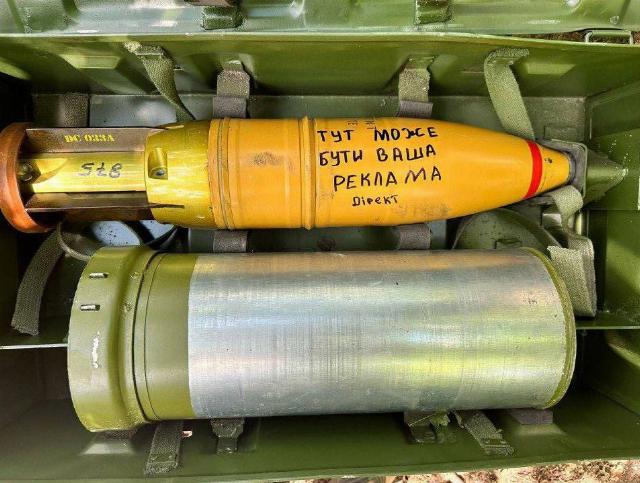

The European Union is reportedly exploring India as a potential supplier of artillery shells and small ammunition to support Ukraine, following a dramatic halt in U.S. weapons deliveries. The shift comes after a heated exchange between U.S. President Donald Trump and Ukrainian President Volodymyr Zelensky during a White House meeting, where discussions of a possible peace deal reportedly devolved into a verbal shouting match. With tensions rising and traditional supply chains disrupted, the EU is now looking eastward to bolster its support for Kyiv.
The White House meeting, intended to explore pathways to de-escalate the ongoing Russia-Ukraine conflict, instead exposed deep fissures between Washington and Kyiv. Sources familiar with the encounter describe a tense confrontation, with Trump pressing Zelensky to consider concessions to Moscow as part of a broader peace framework—a stance Zelensky vehemently rejected. The Ukrainian leader, whose country has relied heavily on U.S. military aid since Russia’s invasion in 2022, reportedly accused Trump of undermining Ukraine’s sovereignty, while Trump countered that endless funding and arms shipments were no longer sustainable for American taxpayers.
Continue readingSOURCE: AFI


As India’s mechanized forces patrol the volatile western borders with Pakistan, a glaring vulnerability looms overhead: an outdated air defense network struggling to counter modern aerial threats. Legacy systems like the Soviet-era OSA-AKM (SA-8 Gecko) and handheld Igla-1M and Igla-S missiles have soldiered on valiantly, but their age and limitations leave gaps that adversaries could exploit. Enter the Russian Pantsir—a hybrid missile-gun system that Lt. General (Retd) Dushyant Singh believes could bridge this operational void. Speaking to Sputnik India, Singh emphasized, “Currently, India’s mechanized forces along the western borders rely on legacy systems… and immediate procurement of advanced imported systems like Pantsir can bridge the current operational void.”
India’s western frontier, stretching from the arid plains of Rajasthan to the rugged heights of Jammu and Kashmir, demands robust protection against a spectrum of threats—drones, helicopters, low-flying jets, and precision-guided munitions. The Indian Army’s short-range air defense (SHORAD) relies heavily on the OSA-AKM, inducted in the 1980s, with a 10-kilometer range and aging radar that struggles against stealthy or fast-moving targets. The Tunguska SPAAG, another Cold War relic, pairs guns and missiles but suffers from spare parts shortages, with posts on X noting that cannibalization has halved its operational fleet. Handheld systems like the Igla-1M and Igla-S, while portable, cap out at 5-6 kilometers—insufficient against Pakistan’s growing drone arsenal or China’s lurking J-10s and H-6 bombers.
Continue readingSOURCE: AFI
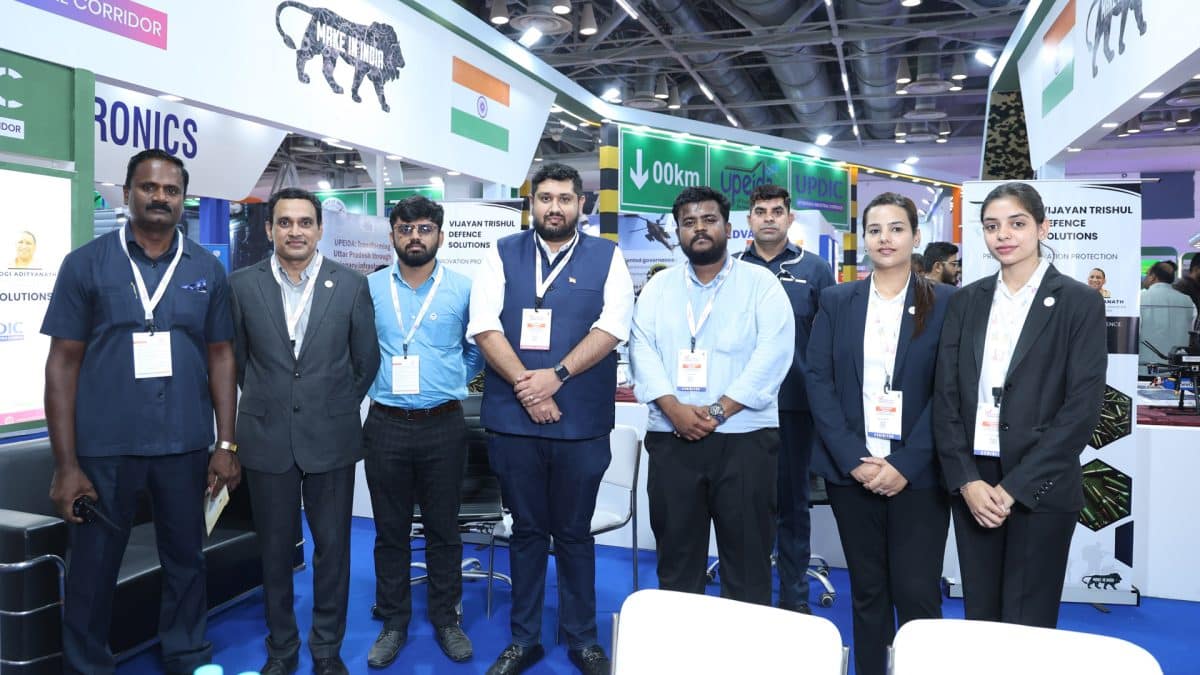

In a significant boost to India’s defense manufacturing sector, Delhi-based Vijayan Trishul Defence Solution Pvt Ltd has been allocated a 20-hectare plot by the Uttar Pradesh Expressways Industrial Development Authority (UPEIDA). The land, situated in the Jhansi node of the Uttar Pradesh Defence Industrial Corridor, will serve as the foundation for a new facility dedicated to the production of small-caliber weapons and ammunition. This development marks a pivotal step in the company’s mission to enhance India’s self-reliance in defense production while contributing to national security.
The allocation, announced on February 24, 2025, underscores the growing momentum of the Uttar Pradesh Defence Industrial Corridor, an ambitious initiative launched by the Indian government to foster indigenous defense manufacturing. Spanning six nodes—Lucknow, Kanpur, Jhansi, Agra, Aligarh, and Chitrakoot—the corridor aims to attract investment, create jobs, and reduce India’s dependence on imported arms. The Jhansi node, located in the Bundelkhand region, has emerged as a key hub, benefiting from its strategic connectivity to expressways and proximity to Delhi.
Continue readingSOURCE: IDRW.ORG


In a significant revelation, the Defence Research and Development Organisation (DRDO) has confirmed that its Long-Range Anti-Ship Missile (LRAShM), a hypersonic glide weapon tested in November 2024, achieved a speed of Mach 10—far exceeding the Mach 6-7 range speculated by many defence analysts post-trial.
The LRAShM, successfully flight-tested on November 16, 2024, from Dr. APJ Abdul Kalam Island off the coast of Odisha, was initially hailed as India’s first long-range hypersonic missile, with a reported range exceeding 1,500 kilometers. Developed indigenously by DRDO’s Dr. APJ Abdul Kalam Missile Complex in Hyderabad, in collaboration with other DRDO labs and industry partners, the missile combines the blistering speed of a ballistic missile with the maneuverability of a cruise missile. During the trial, tracked by multiple range systems across domains, the missile demonstrated terminal maneuvers and pinpoint accuracy, striking its target with devastating effect.
Continue readingSOURCE: IDRW.ORG
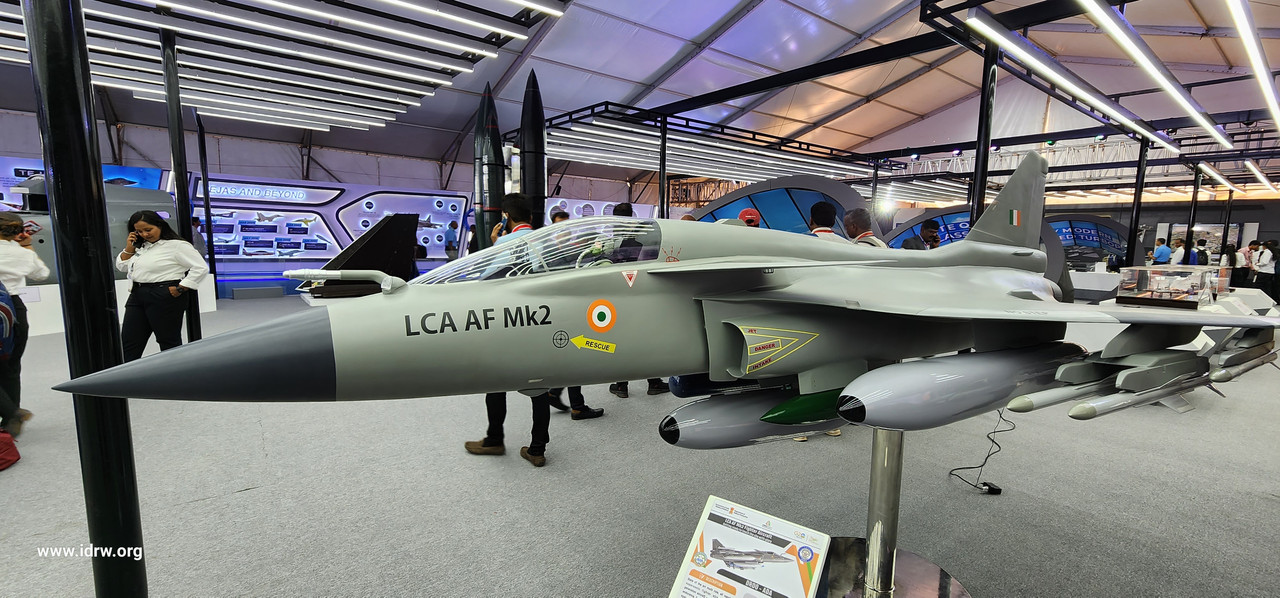

The Indian Air Force (IAF) is doubling down on its commitment to the Tejas MkII program, a cornerstone of India’s indigenous fighter jet ambitions, by advocating for a dedicated private sector-led production line. With the IAF funding 30% of the program’s estimated ?10,000 crore development cost, it is keen to accelerate the jet’s rollout and expand its fleet modernization plans.
Already committed to procuring 120 Tejas MkII jets to replace its ageing Mirage-2000 and MiG-29UPG aircraft starting in 2034-35, the IAF is now contemplating an upfront order for an additional 180 jets—potentially totaling 300 aircraft—if the Ministry of Defence (MoD) greenlights the private sector’s involvement. This bold move signals a transformative shift in India’s defense manufacturing ecosystem, blending public-private collaboration with strategic foresight.
Continue readingSOURCE: AFI


In a recent interview with SUNO NEWS HD, Dr. Syed Muhammad Ali, a renowned policy analyst and strategist, raised significant concerns about the potential implications of India acquiring the Lockheed Martin F-35 Lightning II stealth fighter jet. As discussions around the United States’ offer to sell the advanced fifth-generation aircraft to India gain momentum, Dr. Ali cautioned that such a move could have far-reaching consequences for the Indian Air Force (IAF) and the country’s indigenous defense programs. With high procurement costs, infrastructure challenges, and integration hurdles, the F-35 could prove to be a double-edged sword for India’s military aviation ambitions.
Dr. Ali emphasized that one of the most immediate impacts of an F-35 purchase would be the diversion of funds from India’s homegrown fighter jet initiatives. The F-35, with a unit cost ranging from $80 million to over $100 million depending on the variant—excluding lifecycle costs such as maintenance, spares, and upgrades—represents a substantial financial commitment. For a nation already investing heavily in projects like the Advanced Medium Combat Aircraft (AMCA) and the Light Combat Aircraft (LCA) Tejas variants, the high procurement cost of the F-35 could strain the defense budget.
Continue readingSOURCE: AFI
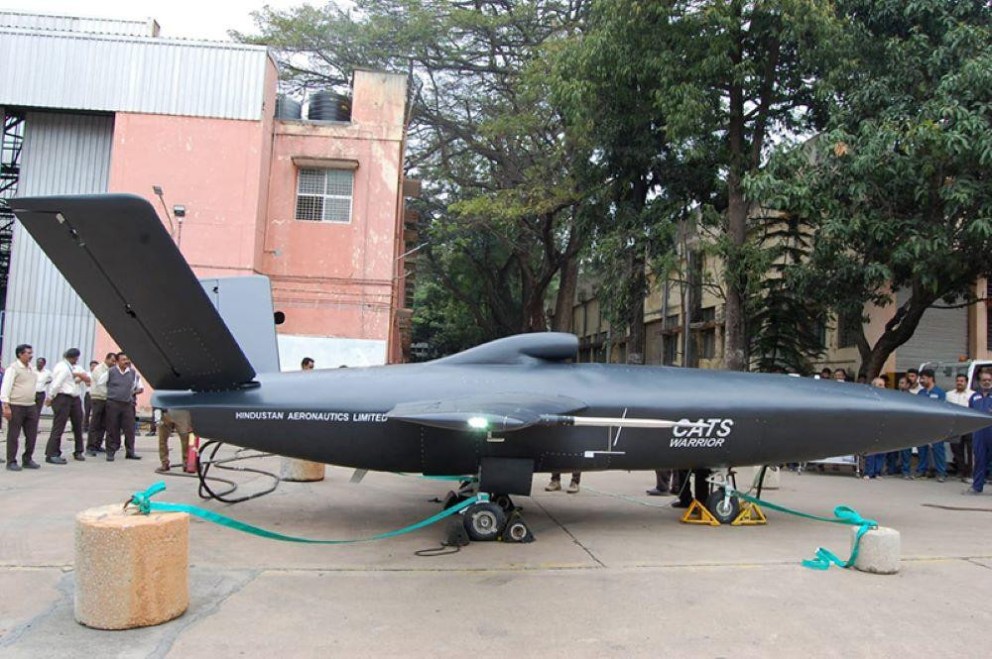

In a striking display of technological ambition, India is emerging as a global leader in the development of collaborative drone concepts, a domain poised to redefine modern warfare. At Aero India 2025, held in Bengaluru from February 10-14, the country unveiled two groundbreaking unmanned platforms: the Abhimanyu Collaborative Combat Aircraft (CCA) and the Combat Air Teaming System (CATS) Warrior. These “loyal wingman” drones, designed to operate alongside manned fighter jets, signal India’s intent to master manned-unmanned teaming (MUM-T)—a capability that its regional rival, the Pakistani Air Force (PAF), has yet to procure from its traditional ally China or develop domestically.
Developed by Bengaluru-based NewSpace Research and Technologies, the Abhimanyu CCA stole the spotlight at Aero India 2025. This jet-powered unmanned aerial system (UAS), with a 4-meter (13-foot) wingspan, is tailored for the Indian Navy’s Naval Collaborative Combat Air Vehicle (N-CCAV) program. What sets it apart is its ability to take off and land from aircraft carriers, integrating seamlessly with the Navy’s MiG-29K fighters and the anticipated Rafale-M fleet. With a range of 1,000 kilometers (620 miles) and a service ceiling of 20,000 feet, the Abhimanyu is initially focused on intelligence, surveillance, and reconnaissance (ISR) missions, as well as air-to-surface strikes. Future upgrades promise air-to-air combat capabilities, transforming it into a versatile force multiplier.
Continue readingSOURCE: AFI


In a groundbreaking revelation, Harsh Vardhan Thakur, Chief Test Pilot at Hindustan Aeronautics Limited (HAL), has announced that the upcoming Combat Air Teaming System (CATS) Warrior Loyal Wingman will feature an advanced AI-based voice command system. This cutting-edge capability, already certified and flight-tested, will allow the unmanned combat aerial vehicle (UCAV) to receive and execute directives from a manned fighter jet, ushering in a new era of manned-unmanned teaming for the Indian Air Force (IAF). Unveiled as a key highlight at Aero India 2025, the CATS Warrior is poised to redefine aerial warfare with its seamless integration of artificial intelligence and autonomous operations.
The CATS Warrior, developed under HAL’s ambitious Combat Air Teaming System program, is designed to operate as a “loyal wingman” alongside manned fighter jets such as the Tejas, Su-30 MKI, and Rafale. Unlike traditional drones, which require extensive ground control, the Warrior is engineered for autonomy and real-time collaboration with piloted aircraft. According to Thakur, the AI-based voice command system is a game-changer, enabling pilots in the cockpit of a mothership fighter to issue verbal instructions directly to the UCAV, which then executes them with precision.
Continue readingSOURCE: AFI


In a notable triumph for India’s private defense manufacturing sector, Bengaluru-based SSS Defence has emerged as the lowest bidder (L-1) in the Uttar Pradesh Police’s tender for the procurement of 2,000 assault rifles. The company’s M-72 Assault Rifle, chambered in 5.56x45mm NATO, outshone competitors such as Kalyani Strategic Systems and Advanced Weapons and Equipment India Limited (AWEIL) by clearing the technical evaluation phase and offering the most competitive bid. This achievement underscores SSS Defence’s growing prominence in India’s small arms industry and its alignment with the nation’s “Aatmanirbhar Bharat” (Self-Reliant India) initiative.
The Uttar Pradesh Police tender, floated in March 2024, sought to equip its forces with 2,000 modern assault rifles to enhance operational capabilities in urban and rural security scenarios. After a rigorous evaluation process spanning nearly a year, SSS Defence’s M-72 Assault Rifle was declared the L-1 bidder on February 26, 2025, signaling a landmark win for the private firm. The company, a subsidiary of Stumpp Schuele & Somappa Springs, has been steadily carving a niche in India’s defense landscape since its foray into small arms production in 2016.
Continue reading